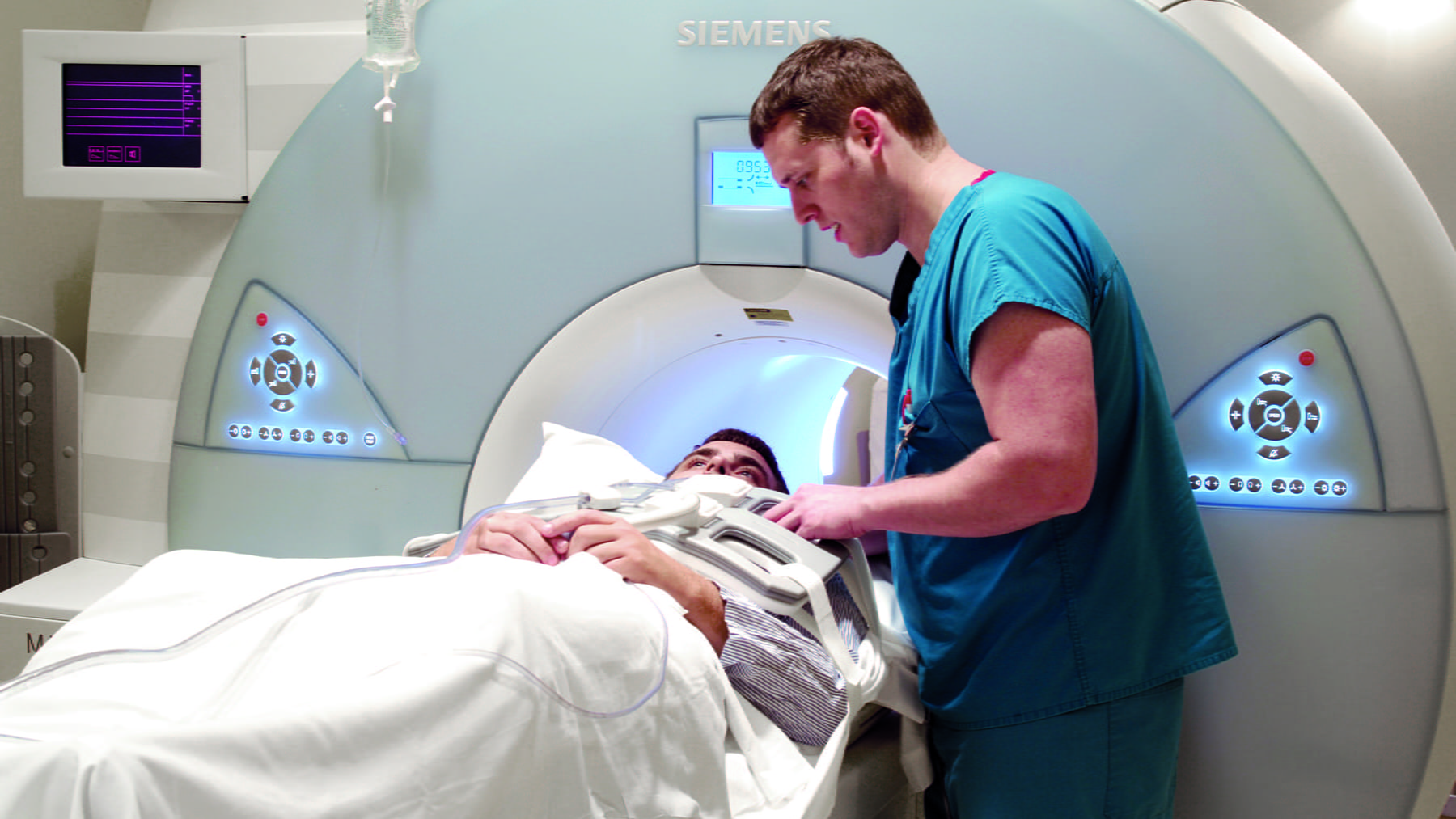Benefit of Mri
Magnetic Resonance Imaging (MRI) has revolutionized the field of diagnostic medicine, offering numerous benefits for both patients and healthcare professionals.
By utilizing a powerful magnetic field and radio waves Accentrix Malaysia, MRI provides enhanced diagnostic precision, enabling early detection of diseases and conditions. This non-invasive imaging technology allows for detailed visualization of internal structures, facilitating accurate diagnoses and treatment planning.
Furthermore, MRI offers improved patient comfort and safety compared to invasive procedures, making it a preferred choice in the medical community.

Enhanced Diagnostic Precision
Enhanced diagnostic precision is one of the key advantages of utilizing MRI technology. MRI, or Magnetic Resonance Imaging, provides high resolution imaging that allows for accurate disease identification. With its ability to capture detailed images of the body’s internal structures, MRI enables healthcare professionals to detect and diagnose various conditions with greater accuracy.
The high resolution imaging capabilities of MRI technology allow for the visualization of even the smallest abnormalities or changes in the body. This level of detail is crucial in accurately identifying diseases, such as tumors, lesions, or abnormalities in organs or tissues. By providing clear and detailed images, MRI aids in the early detection and diagnosis of diseases, leading to more effective treatment and improved patient outcomes.
Moreover, MRI offers a non-invasive and radiation-free diagnostic option, making it a preferred choice for patients who desire freedom from potential harmful effects associated with other imaging techniques. Additionally, MRI technology continues to advance, resulting in improved imaging techniques and increased diagnostic precision, making it an invaluable tool in modern healthcare.
Early Detection of Diseases
The early detection of diseases is a crucial aspect of healthcare, and one method that has shown promise is the use of magnetic resonance imaging (MRI). MRI is a non-invasive imaging technique that uses powerful magnets and radio waves to create detailed images of the body’s internal structures. By providing high-resolution images, MRI allows for the identification of abnormalities at an early stage, enabling healthcare professionals to implement timely prevention measures and accurate diagnosis.
This early detection plays a vital role in improving patient outcomes and reducing the burden on healthcare systems. Furthermore, MRI’s ability to visualize soft tissues and organs in great detail makes it an invaluable tool in identifying diseases such as cancer, neurological disorders, and cardiovascular conditions.
Non-Invasive Imaging Technology
Non-invasive imaging technology has revolutionized the field of healthcare by allowing for detailed visualization of internal structures without the need for surgery or other invasive procedures.
One specific application of this technology is high-resolution imaging, which provides incredibly detailed and accurate images of the human body. High-resolution imaging techniques, such as magnetic resonance imaging (MRI), have become indispensable tools in medical research applications.
MRI, for example, utilizes powerful magnets and radio waves to produce detailed images of organs, tissues, and structures within the body. This non-invasive technique is widely used in medical research to study the progression of diseases, monitor treatment effectiveness, and investigate the underlying mechanisms of various conditions.

Detailed Visualization of Internal Structures
Detailed visualization of internal structures plays a crucial role in medical research and patient care, allowing for better understanding of the human body and more accurate diagnoses.
One of the most advanced imaging techniques used for this purpose is Magnetic Resonance Imaging (MRI). MRI provides a detailed view of internal organs, tissues, and structures, using a combination of strong magnetic fields and radio waves. This non-invasive imaging technology has revolutionized the field of medicine by enabling improved treatment planning and reducing the need for exploratory surgery.
With MRI, healthcare professionals can accurately assess the extent of diseases, identify abnormalities, and plan targeted interventions. This eliminates the need for unnecessary invasive procedures and enhances patient outcomes.
The detailed visualization provided by MRI enhances medical knowledge, leading to improved treatment strategies and better patient care.
Improved Patient Comfort and Safety
Improved patient comfort and safety is a priority in medical imaging, ensuring that patients receive the highest level of care during their diagnostic procedures.
One area where significant advancements have been made in this regard is the use of Magnetic Resonance Imaging (MRI). MRI is a non-invasive imaging technique that uses strong magnetic fields and radio waves to generate detailed images of the body’s internal structures.
Unlike other imaging modalities such as X-rays or CT scans, MRI does not use ionizing radiation, resulting in reduced radiation exposure for patients. This not only eliminates the potential harmful effects of radiation but also enhances the overall patient experience.
Patients can undergo multiple MRI scans without any negative impact on their health, providing them with peace of mind and freedom from unnecessary radiation exposure.
Conclusion
In conclusion, MRI offers numerous benefits in the field of medical imaging. Its enhanced diagnostic precision allows for accurate and detailed visualization of internal structures, aiding in the early detection of diseases.
As a non-invasive imaging technology, MRI ensures patient comfort and safety. Its ability to provide high-resolution images contributes to improved medical diagnoses and treatment planning.
Overall, MRI plays a crucial role in modern medicine by providing valuable insights into the human body.
…


